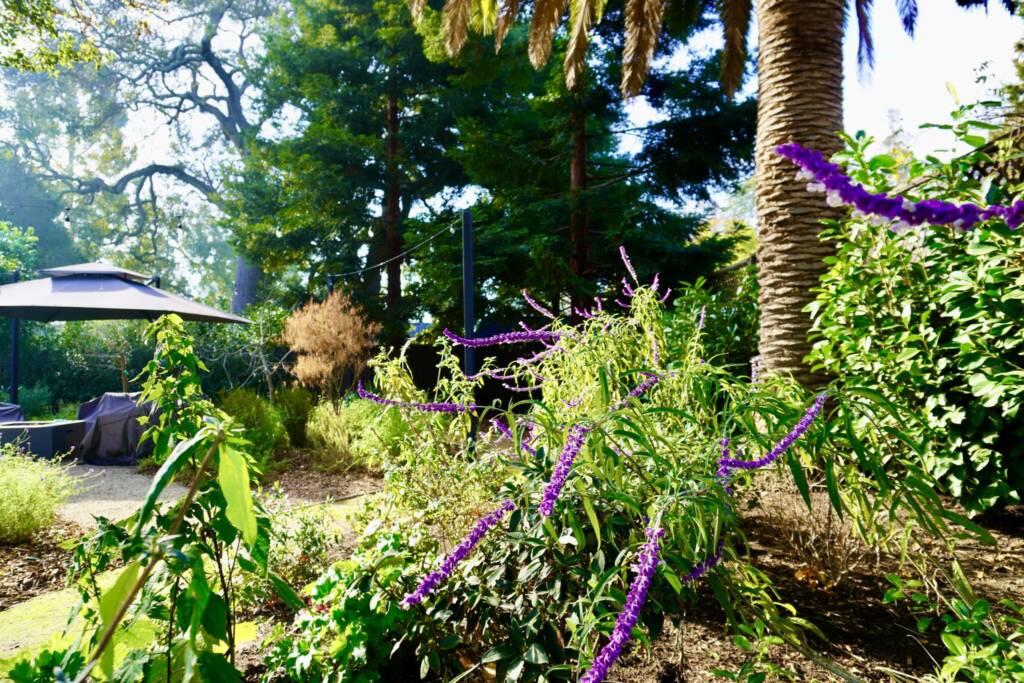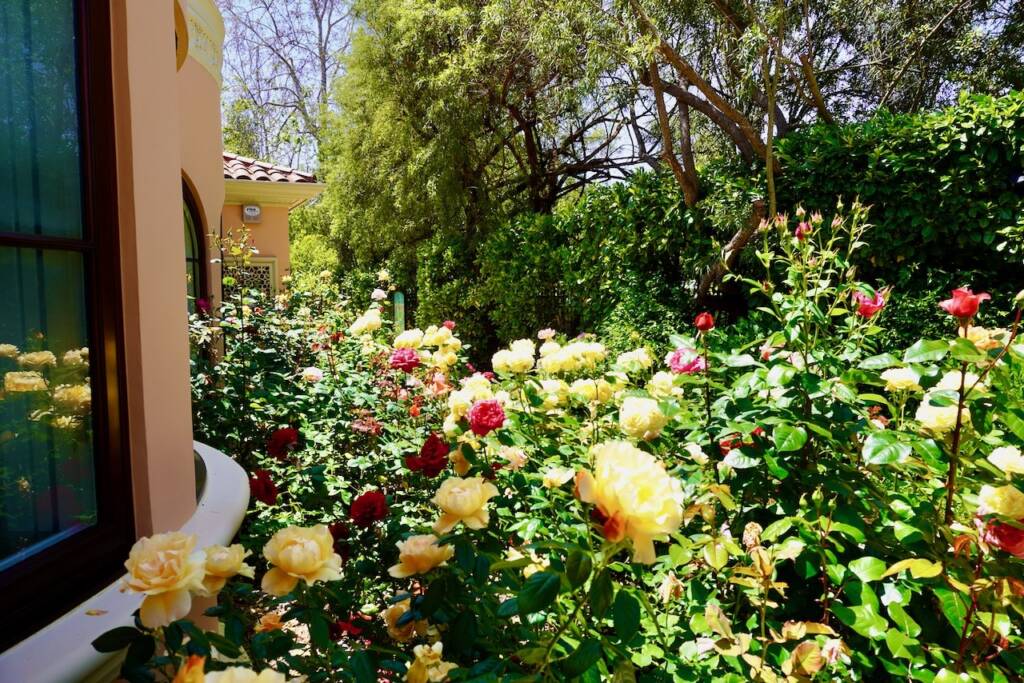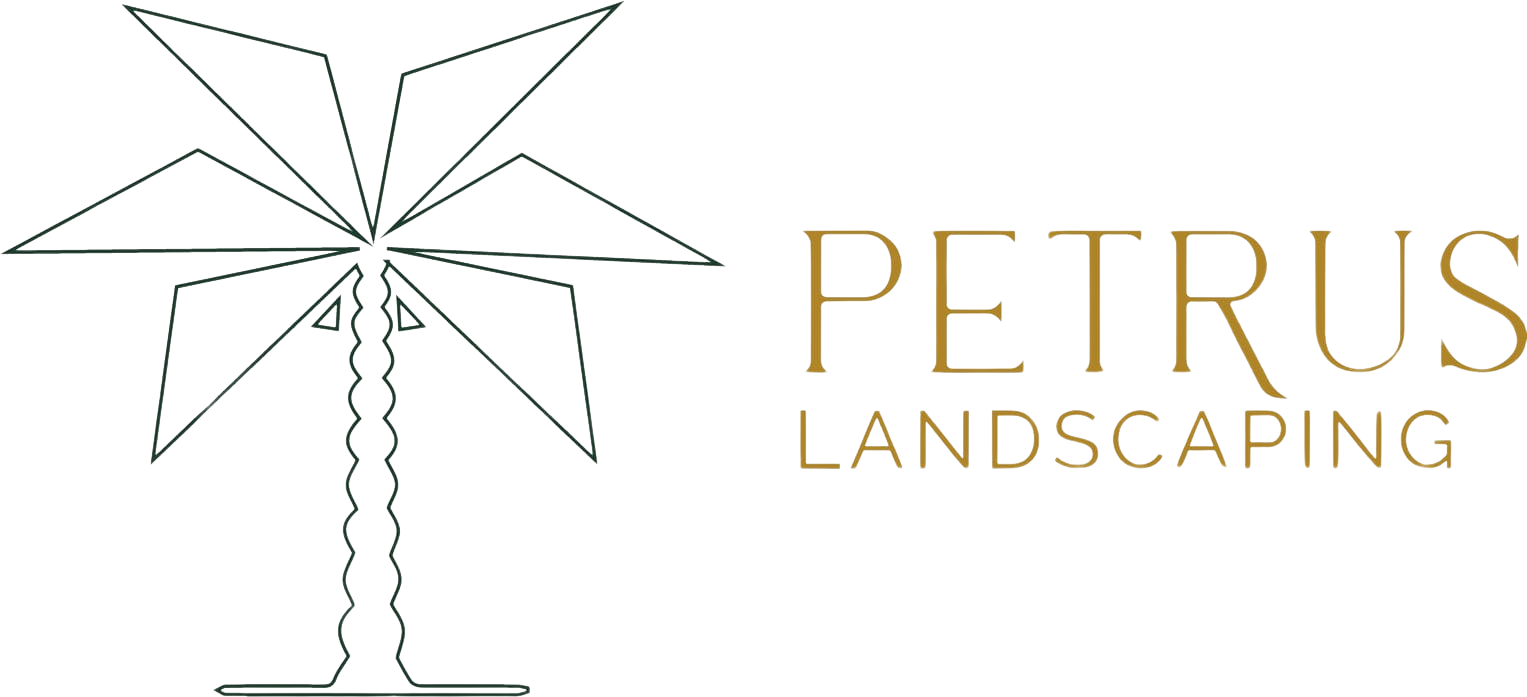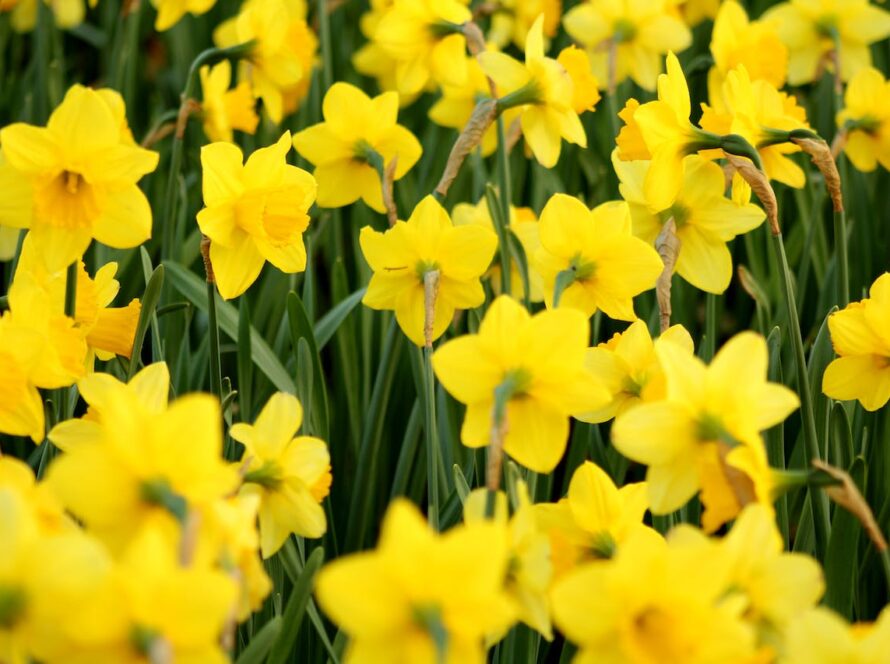Native plants play a vital role in creating sustainable and environmentally friendly landscapes. In this article, we will explore the significance of native plants in low carbon landscaping, considering their adaptability, environmental benefits, and positive impact on reducing carbon footprints. We’ll delve into how native plants support local ecosystems, require minimal maintenance, and contribute to climate adaptation. Additionally, we’ll provide practical insights into plant selection, maintenance tips, and resources for getting started with native plant landscaping.

Environmental Benefits of Native Plants
Native plants are essential contributors to local biodiversity. They provide crucial habitat and food for wildlife, supporting the delicate balance of ecosystems. Bees and butterflies, as pollinators, rely on native plants for nectar and pollen, aiding in the reproduction of many plant species. Native plants also excel in improving soil health and preventing erosion, making them vital in preserving landscapes and preventing habitat loss.

Reduced Carbon Footprint
One of the standout advantages of native plants in low carbon landscaping is their reduced water requirements. Once established, native plants are well-suited to local climate conditions and often need minimal irrigation. This reduced water usage not only conserves this precious resource but also leads to significant energy savings associated with traditional irrigation methods.
Furthermore, native plants typically require fewer chemical inputs like pesticides and fertilizers. Their natural resilience to local pests and diseases minimizes the need for chemical treatments, reducing the carbon emissions associated with the production and application of these chemicals.

Climate Adaptation
Native plants have adapted over time to thrive in local climates, making them resilient to extreme weather conditions. They are well-suited to withstand the challenges posed by climate change, such as droughts and heatwaves. Landscaping with native plants helps mitigate these effects by reducing the need for energy-intensive maintenance, including excessive watering and pest control.

Low Maintenance Landscaping
One of the most attractive features of native plants for homeowners and landscapers is their low maintenance requirements. Once established, native plants often require less pruning and mowing compared to non-native counterparts. This translates into substantial time and resource savings, reducing the carbon footprint associated with lawn care equipment and maintenance practices.

Local Regulations and Incentives
Many regions, including the Bay Area, have recognized the importance of native plants in landscaping. Local regulations and incentives encourage homeowners and landscapers to incorporate native plants into their projects. This includes potential cost savings and rebates for using native plants, making it a financially appealing choice.

Plant Selection
Selecting the right native plants for your region and climate is crucial. Consult with a local nursery or native plant expert to create a diverse palette that ensures year-round interest and optimal performance.

Maintenance Tips
Native plant gardens are known for their low maintenance requirements. However, proper watering during establishment and occasional pruning are still necessary. Encouraging natural processes like self-seeding can also contribute to garden success.
Native plants are indispensable allies in the quest for low carbon landscaping. Their adaptability, environmental benefits, reduced maintenance needs, and contribution to climate adaptation make them essential elements in sustainable landscaping practices. We encourage readers to explore the possibilities of native plant landscaping in the Bay Area, where estate landscaping and innovative design meet eco-conscious living. By incorporating native plants, you can create a beautiful, resilient, and environmentally friendly landscape that benefits both you and the planet.



